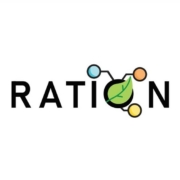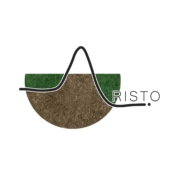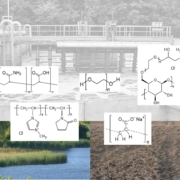New publication on chemical sensitivity of earthworms from field populations
The environmental risk of pesticides for nontarget soil macroorganisms has mainly been assessed using the compost earthworm Eisenia fetida. However, E. fetida does not occur in agroecosystems and it is generally less sensitive than other earthworm species. Thus, the extrapolation of its response to pesticides to other earthworm species may lead to uncertainties in the […]

 D. Leib
D. Leib


 T. Junker
T. Junker
 Premier
Premier K. Duis
K. Duis